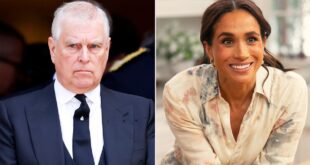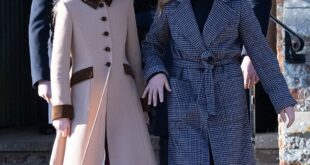Perhaps the first is her role in trying to dismantle a “stiff upper lip” culture within the monarchy. Although it would certainly be incorrect to describe Kate as an open book, it was the Duchess who came up with the idea of Heads Together: “It was Catherine who first realized that all three of us were working on mental health in our individual areas of focus,” Prince William said in a speech on World Mental Health Day about the foundation, then run by the Duke and Duchess of Cambridge as well as Prince Harry. “She had seen that at the core of adult issues like addiction and family breakdown, unresolved childhood mental health issues were often part of the problem.” Although the royal family has certainly addressed stigmatized topics in the past—Princess Diana’s work with AIDS, for example—mental health wasn’t really one of them. Their advocacy has worked: In 2018, two years after the launch, the ONS found that the U.K.’s male suicide rate was 15.5 out of 100,000 men—its lowest point since 1981.
And then there’s her, well, normalcy. Unlike most former royal spouses, the Duchess came from a non-aristocratic background. Although it caused some cruel comments during her courtship with Prince William—her family was publicly called the “Middle Class Middletons”— it has emerged as one of her greatest assets because it means people can relate to her. She wears Zara to official engagements. She’s spotted at school pickups and grocery stores. She takes pictures of her children for their birthdays wearing soccer jerseys and camouflage t-shirts and then shares them with their multi-million followers. She didn’t stop doing regular things when she became royal—she stayed, in a way, seemingly just like us. “The Duchess brings this pragmatic awareness of what it’s like to be from a decent, down-to-earth family,” the couple’s former private secretary Jamie Lowther-Pinkerton told People.
Republicanism is on the rise, with many questioning the role of the monarchy in the 21st century. (Barbados, for example, recently removed the Queen as head of state, although it remains part of the British Commonwealth.) Those who are born into it can, sure, try to be grounded. But the reality is they are blessed with crowns and castles through birthright alone. Kate serves as a foil to the often out-of-touch fantasy—and may very well help the monarchy stay alive through modern times. (It should be noted that her sister-in-law, the Duchess of Sussex, would have been a similar asset to the royal family, however she withdrew as a senior royal with Prince Harry in 2020.) Notably, the couple recently changed their Instagram handle from the rather archaic sounding “Kensington Palace” to the more direct “The Duke and Duchess of Cambridge.”
Marrying into—and staying in—the British monarchy, as it turns out, is no easy feat. Princess Diana and the Duchess of York ended up divorced from their husbands. The Duchess of Sussex and Prince Harry decided to leave. Yet, Kate continues on. On Christmas Eve, the couple shared a clip of the Duchess playing piano alongside musician Tom Walker during a carol service aired on ITV. Eleven million people watched on Instagram alone. Turns out, she’d been quietly practicing the instrument for months—symbolic, it seems, of her approach to her royal role.
Vogue’s Favorites
Source link



